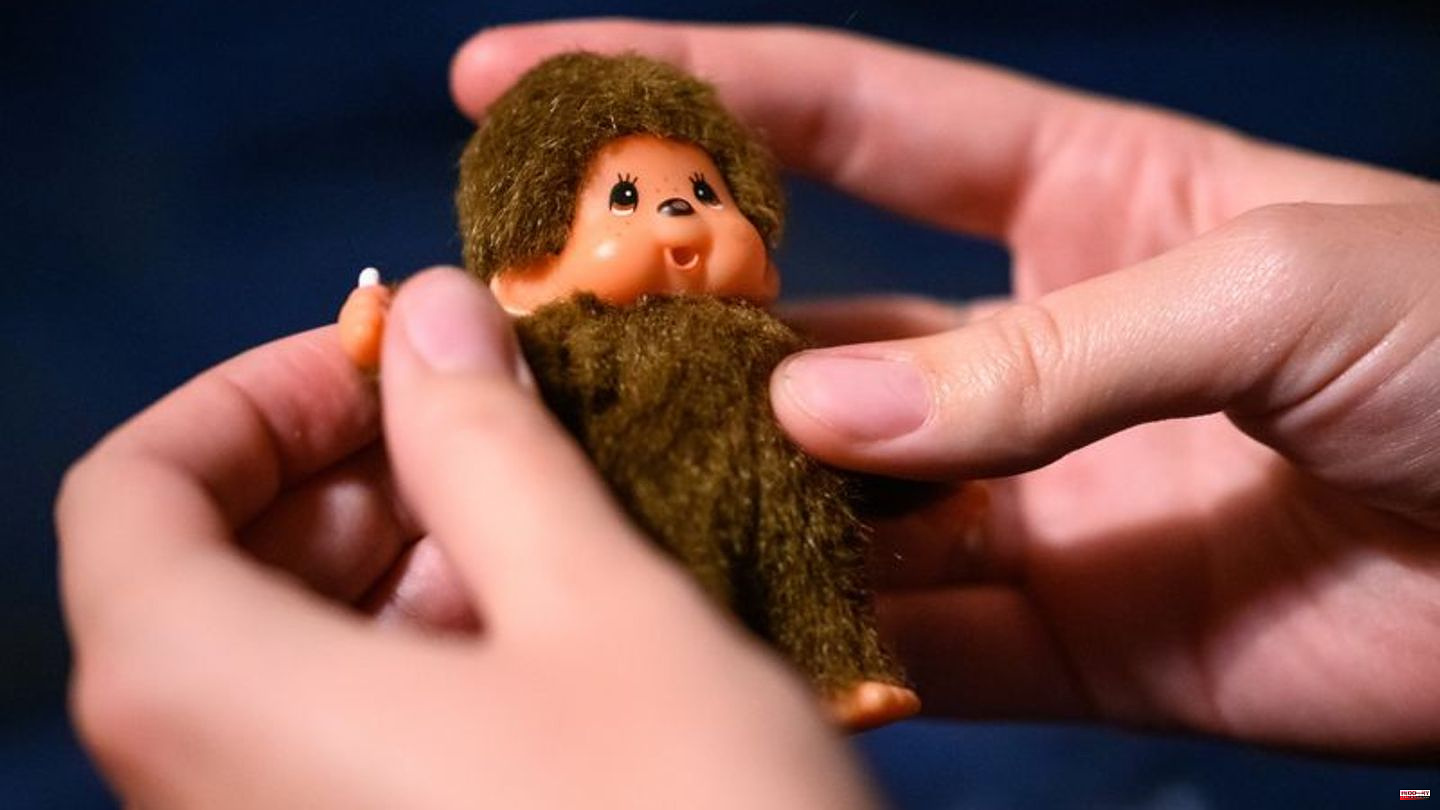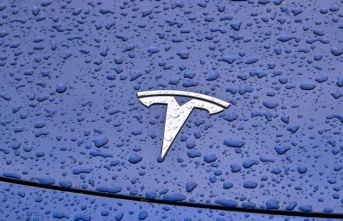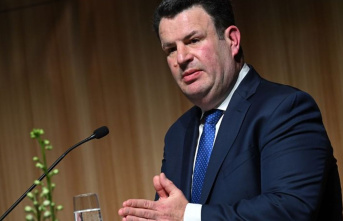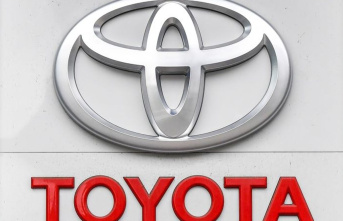Parents are spoiled for choice when it comes to buying Christmas presents. In the toy shops, an almost unmanageable mass of products often competes for attention.
It's no wonder that parents then like to reach for the tried and tested: toys that they know from their own childhood and of which they have fond memories. Retro is one of the big trends that the toy industry is currently experiencing. again.
"There are always waves that come back," says Ulrich Brobeil from the German Association of the Toy Industry (DSVI). For example, the Rubik's Cube, which generations have puzzled over and which can now be found in numerous variations in children's rooms. Or the toys and especially the trading cards for the Pokémon computer games. "They're all the rage in the schoolyard," says Munich market researcher Axel Dammler.
The retro trend is fueled by parents on the one hand and industry on the other. But where does that come from? "Adults buy the toys they knew as a child," explains Karin Falkenberg, who, as director of the Nuremberg Toy Museum, is familiar with trends and fashions in the history of toys. "These have a very strong recognition value that is burned into the memory."
This is exactly where some toys come in. They appeal to adults because, in the end, they are the ones who spend the money. According to forecasts by the market research company npd Group, it was at least 4.7 billion euros from January to October of this year - and thus a little less than in the Corona record year 2021, but still as much as in the equally strong year 2020.
Brands are reactivated
According to Steffen Kahnt of the Federal Association of Toy Retailers, adults often buy toys that they themselves are enthusiastic about because of their childhood memories. An example of this is Lego's Star Wars series, which a few years ago caused sales to grow every year, he says. Some of the original cinema films were not even approved for the age of the target group to which the building sets were aimed. In addition, the motifs were more based on the old Star Wars films, which the parents knew from their childhood.
It can therefore be worthwhile for toy manufacturers to reactivate established brands. "You have your parents on board," says expert Dammler. In addition, the manufacturers could save costs for development and rights. In this way, they could bring new products onto the market more cheaply and try out whether they worked.
New editions of old series and films can also trigger a retro trend. According to the manufacturer Hasbro, these have brought new fans to the toys around the "Power Rangers", "Transformers" and "My Little Pony", for example. However, the US group is particularly aware of a wave of reflection on board games such as "Monopoly" or "Risk", which have been around for decades. Most people have fond memories of classic parlor games and the rules are already known, explains a spokeswoman.
Upsurge in game collections
The puzzle and game manufacturer Ravensburger can confirm this. Since the spring of 2020, classic games like "The Crazy Labyrinth" or "Sagaland" have sold particularly often, says a spokeswoman. Game collections are also experiencing an upswing. In addition, the group of companies has deliberately relaunched games that today's parents know from their childhood.
But not every toy is suitable for a retro wave. "Just because it comes back doesn't mean it's successful," emphasizes market researcher Dammler. But what makes a successful retro toy? "These are brilliant ideas that are still relevant today. But they are being translated into the new era," explains DSVI Managing Director Brobeil.
These retro toys are a mass phenomenon, adds museum director Falkenberg. Usually these would have a very distinctive design, like the Monchhichi or the Tamagotchi. "Toys where whole generations say: Oh yes, I had that too."
However, children don't really care about such reactions from their parents, says Dammler. "They live in the here and now. A toy has to work for them today."








